The Mazda CX-3 receives what is likely to be the last update of its first generation. In the model that now reaches the market, we find light aesthetic touches, more technology focused on driving assistance, safety and connectivity, as well as renewed mechanics that put the accent on a better efficiency.
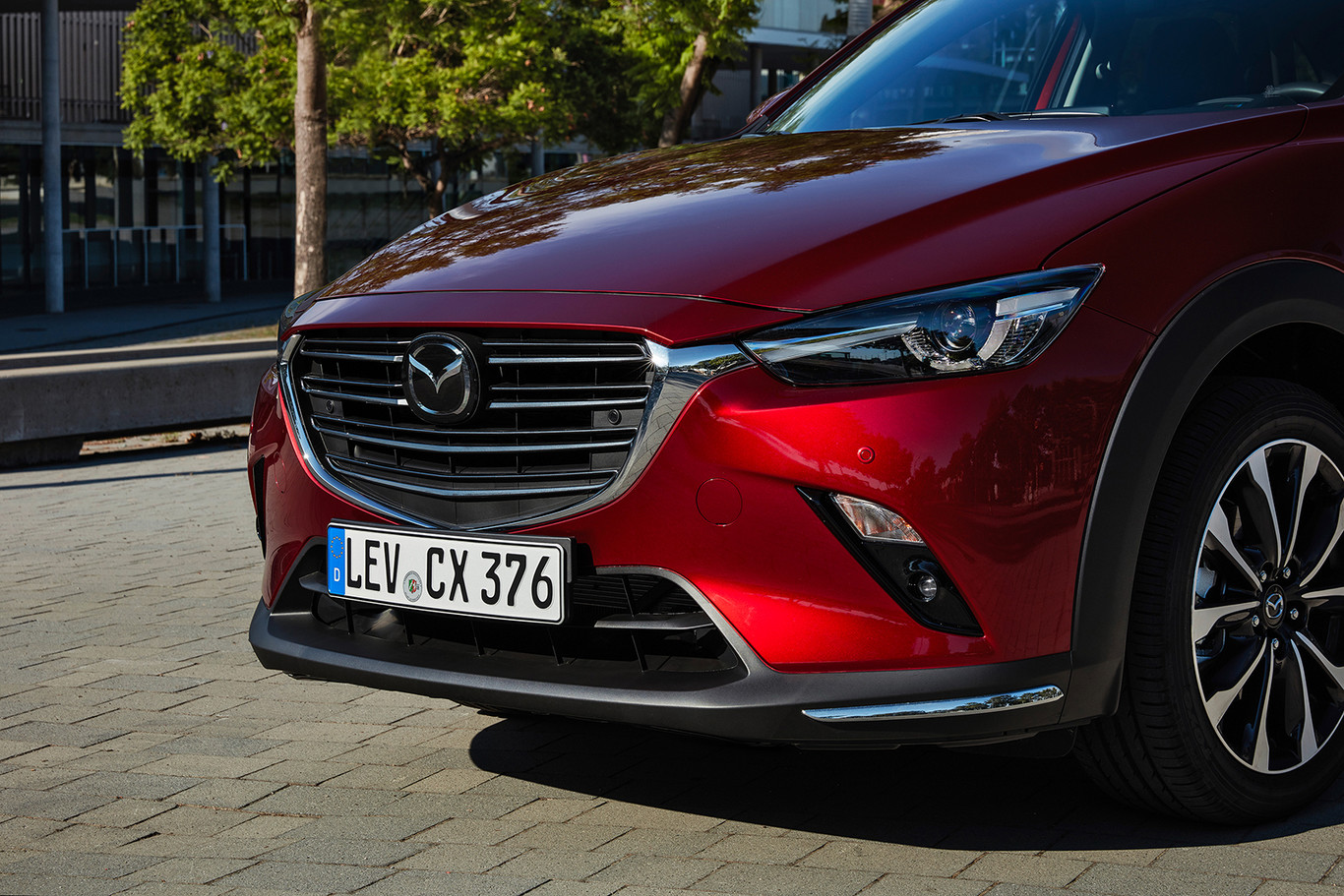
The SUV range of Mazda represents the main part of the sales pie of the Japanese brand is 66% of its market share are all-around. And although the CX-3 cannot boast of being the best seller, it is his big brother, the CX-5, the compact SUV is the second most commercialized bringing together 23% of sales.
In short, the Mazda CX-3, despite being nearing the end of its commercial life in its first delivery, has continued to increase its numbers. Much of its success is found in the very idiosyncrasy of the market, in full effervescence of SUV fever, although it does not stop having its own arguments. How has it changed with respect to the outgoing model?
Few Aesthetic Changes
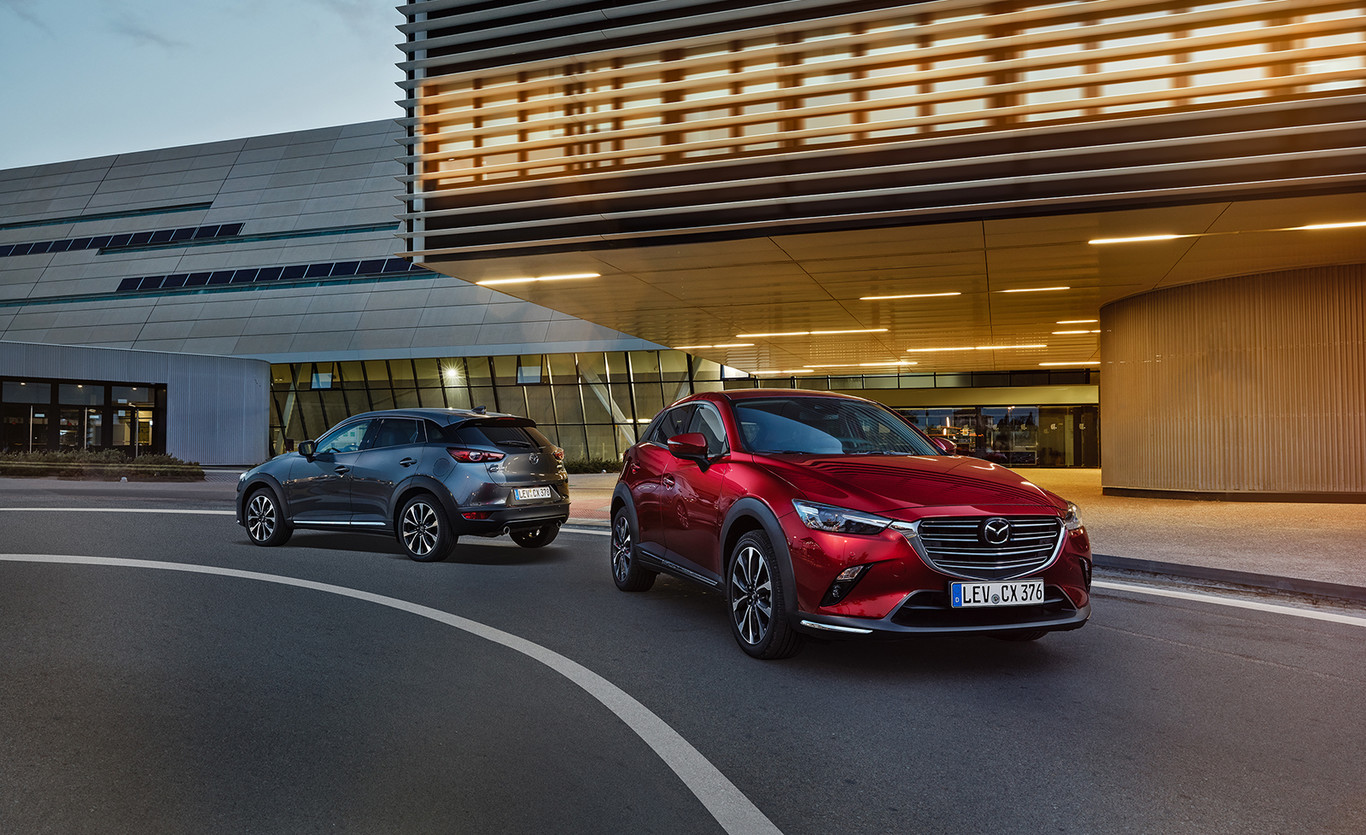
Numbers aside, the Japanese brand decided that it was a good time to revitalize the Mazda CX-3, with a slight update both in what is seen, and in what is not seen. Starting with the aesthetic section, the changes are quite moderate, since it maintains its external and internal dimensions. On the front, the grill has been slightly revised, which now offers a design of four double slats.
Likewise, the rear lights have been redesigned, including new LEDs in the shape of a ring, and adds new piano black finishes on the pillars, the side moldings or the frames of the anti-fog lamps. Added to this is the premiere of a new color for the body, the Red Soul Red Crystal, and a new 18-inch alloy wheels.
Inside, the dashboard receives small touches, including now a leather molding, which can be leather or alcantara type depending on version, and has redesigned the central tunnel including two folding coasters. Similarly, in the rear seats has also been added a central armrest, which opens to offer two other folding coasters.
More Efficiency
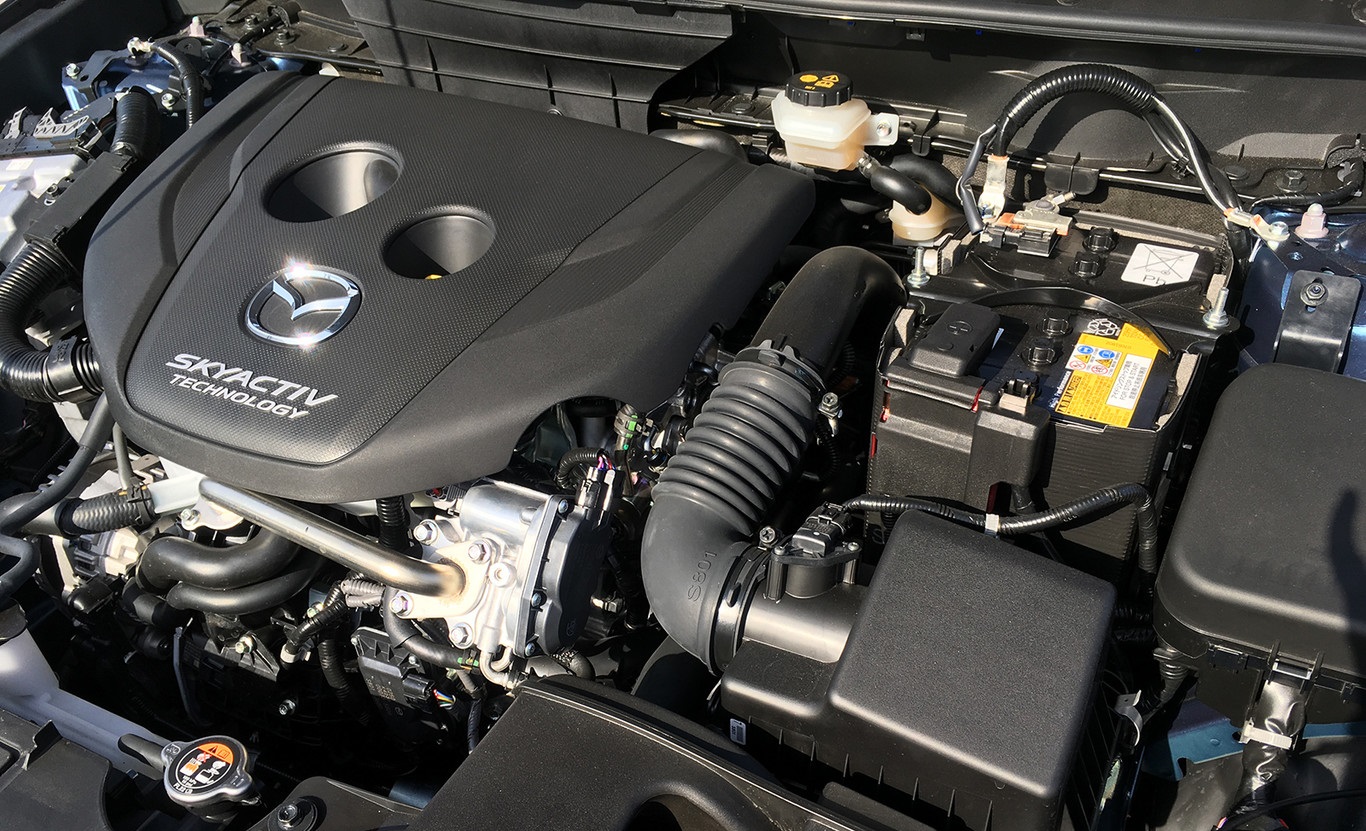
Moving to the mechanical plane the Mazda CX-3 2018, as it had already advanced the brand at the Geneva Motor Show 2018, has a gasoline engine, in two power levels, and one diesel. The first is the already known 2.0 SKYACTIV-G, but it has been revised to optimize its consumption and emissions, while the second, although based on the previous 1.5 SKYACTIV-D, has been almost completely redesigned.
This new diesel engine increases the cubic capacity, cubed now 1.8 liters, in order to offer, according to details Mazda, a more optimized consumption and a more linear driving. In this engine, as with gasoline, a new technology of thermal management and multistage injection management is included, which helps reduce both the generation of particles and NOx. The turbocharger of variable geometry also grows in size, in order to adjust to its greater displacement.
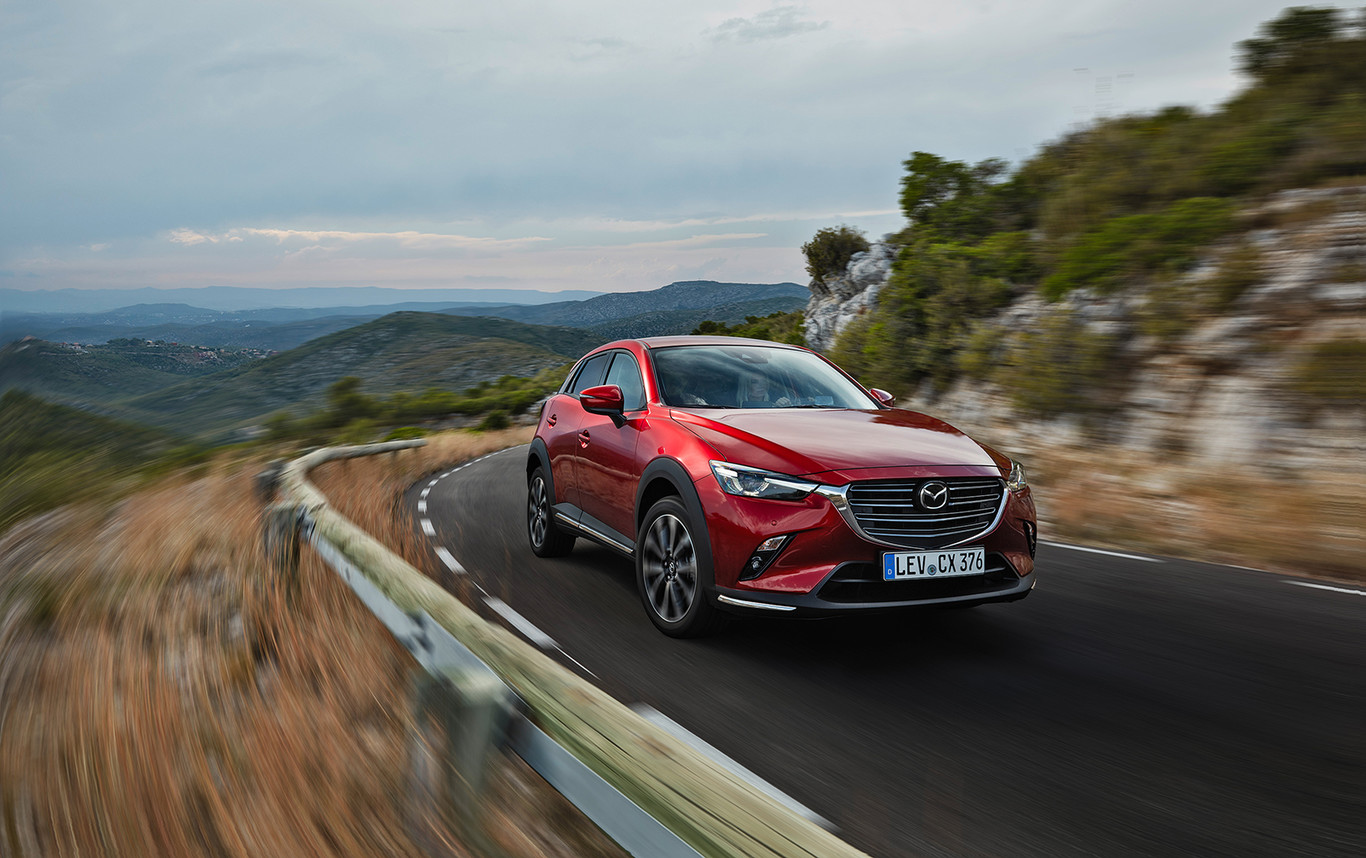
Offering an output of 115 hp, its torque is set at 270 Nm, which is available between 1,600 and 2,600 rpm. On the other hand, its consumption in mixed cycle is 4.4 l / 100 km and 114 g / km of CO₂ homologated according to the new WLTP standard, to which Mazda assures that it has arrived on time.
With regard to the 2.0-liter gasoline engine, it is offered in powers of 121 hp and 150 hp , which makes it clear that Mazda is still betting on gasoline to the detriment of diesel. Not in vain, the variants of gasoline continue agglutinating this 2018 90% of sales of the CX-3. Its thermal efficiency has been improved thanks to the optimization of the upper profile of the pistons and its four-stage injection system, thus offering more moderate consumption and emissions: 6.2 l / 100 kmand 141 g / km of CO₂ in the case of the 121 hp and 7.0 l / 100 km version and 160 g / km of CO₂ in the 150 hp version.
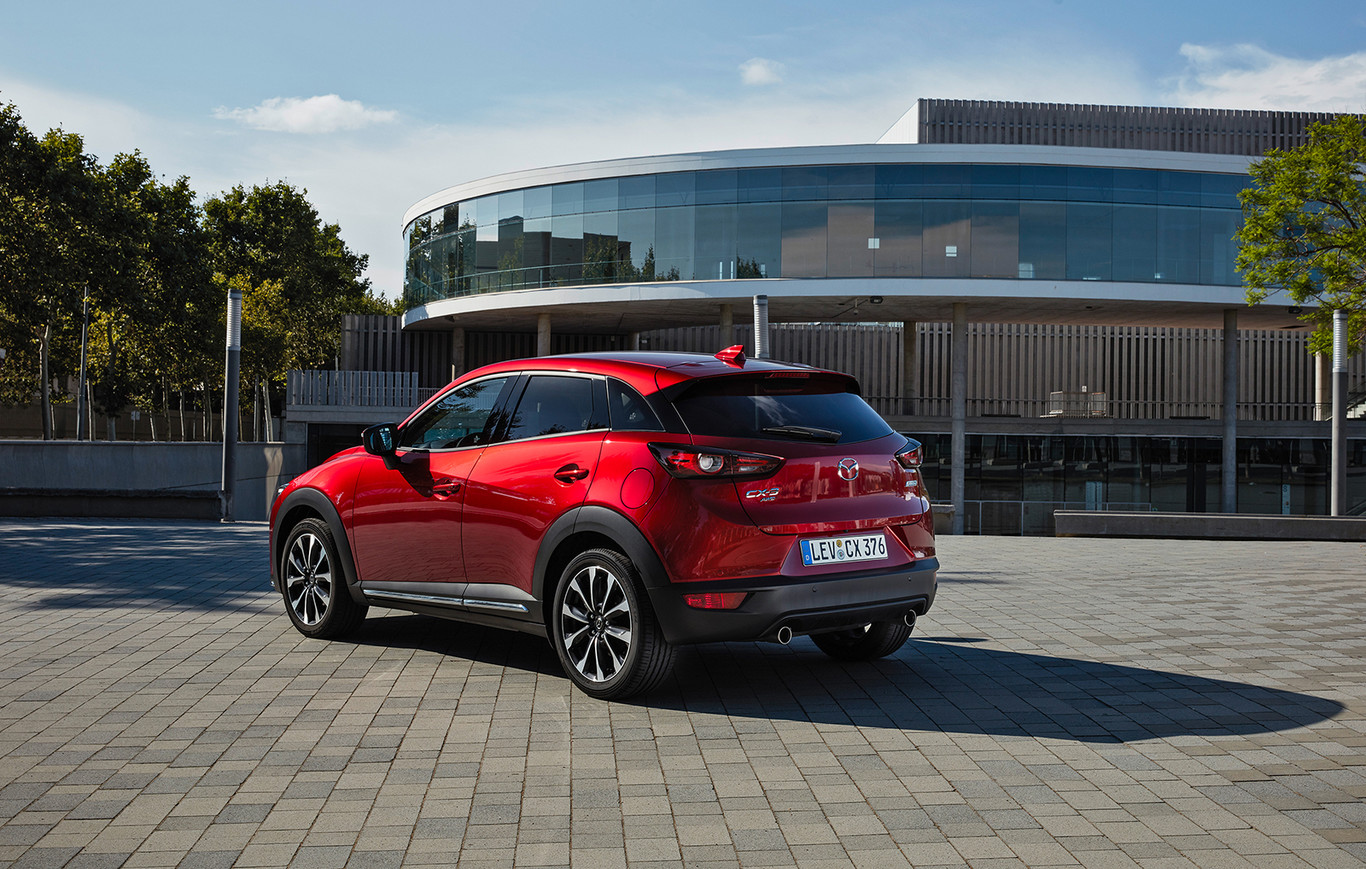
The Mazda CX-3 2018 can be associated with both AWD and front, although the first is only available in the 150 HP petrol engine (in fact it is the only option in your case), as well as in diesel. In the same way, the renewed compact SUV offers the possibility of choosing between a manual 6-speed transmission or an automatic changeover of six relations.
Likewise, Mazda adds well-known technologies such as the High Precision DE Boost, which helps to offer a more linear torque response, and the Natural Sound Smoother and Natural Sound Frequency Control systems, designed to reduce noise inside the passenger compartment as well as offering better sonority.
The wheel of the Mazda CX-3 2018: Improving the present
After knowing the theory, let’s move on to practice. In addition to the optimized mechanics, the new Mazda CX-3 has adjusted the suspension, both in the front McPherson type and in the rear torsion bar, in order to better absorb the irregularities of the firm, but without losing that hardened character of your segment. The G-Vectoring technology has also been optimized, which has contributed to improving both the stability and the comfort of the gear when the grip is lower.
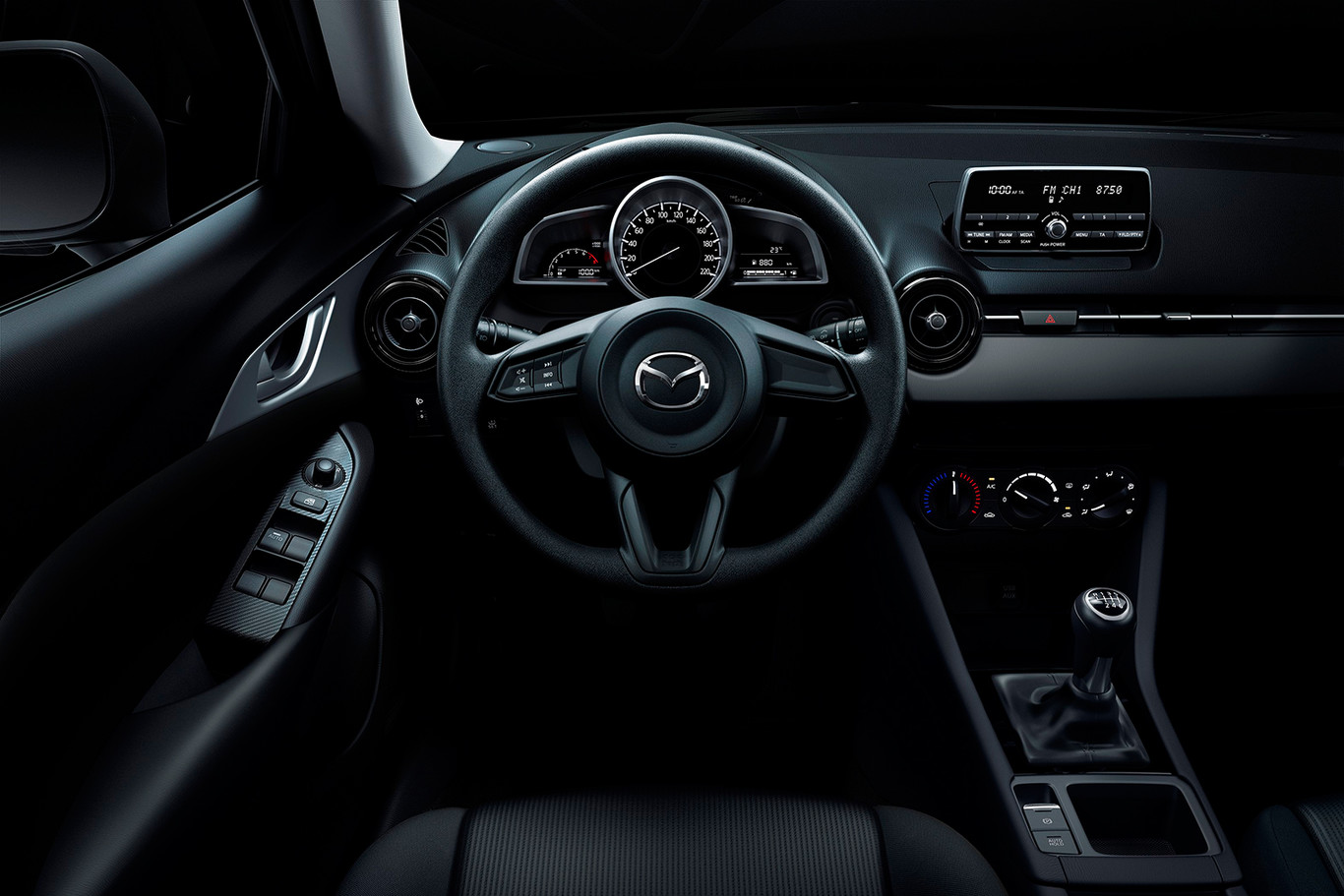
Similarly, the direction has been refined, and the truth is that it is remarkably accurate and responds very well on twisty roads, which is where we have tested the full potential of the new Mazda CX-3. However, its turning radius is slightly short, so in maneuvers and very tight turns forces to take quite an angle.
On the other hand, the driving position is very comfortable, both for a person of 1.60 meters and one of 1.80 meters, although the footrest is somewhat tight, so that someone with more than one size 45 will stay with part of the foot out. The driver’s seat offers a wide path between its lowest and highest position, especially in the case of the manual system. In fact, if we opt for the low, we have the feeling that we are more at the wheel of a compact than an SUV.
First of all we opted for the Mazda CX-3 equipped with the most basic gasoline engine, which aims to be, as confirmed by the numbers, the best-selling of the range. In pursuit of greater efficiency, its developments are somewhat short and it is missing some more torque at low turns, which, by the way is available from 2,800 rpm and is 206 Nm. Being front-wheel drive, where it develops best is on the highway, rather than a demanding mountain pass, as well as in the city.

After tasting the gasoline engine, we switched to diesel. And we must admit that it feels much better to the new CX-3. Allows somewhat longer gears, recovers better and responds better in lower regimes, thanks to its torque is available before and is higher. It remains to be seen if this contributes to improving sales, which in the case of diesel only includes 10% of them at present.
In short, without great bravado, the behavior of the Mazda CX-3 2018 is more than correct and the adjustments have effectively contributed to improve their behavior on the road.

More technology
When it comes to technology and equipment, the new Mazda CX-3 adds new elements, such as electronic hand-held reinforcement, as well as new driving assistance technologies. The main novelty is the new adaptive speed controller with radar and Stop & Go function, which we have been left with the desire to prove properly due to the nature of the route, mainly mountain passes and urban roads.
This is added to existing technologies such as the blind spot detector, signal detector (only available in the versions), the color head-display or emergency braking with pedestrian detector. Similarly, the Mazda CX-3 2018 premieres the front parking sensor, adding to the rear, and the involuntary lane change warning system.
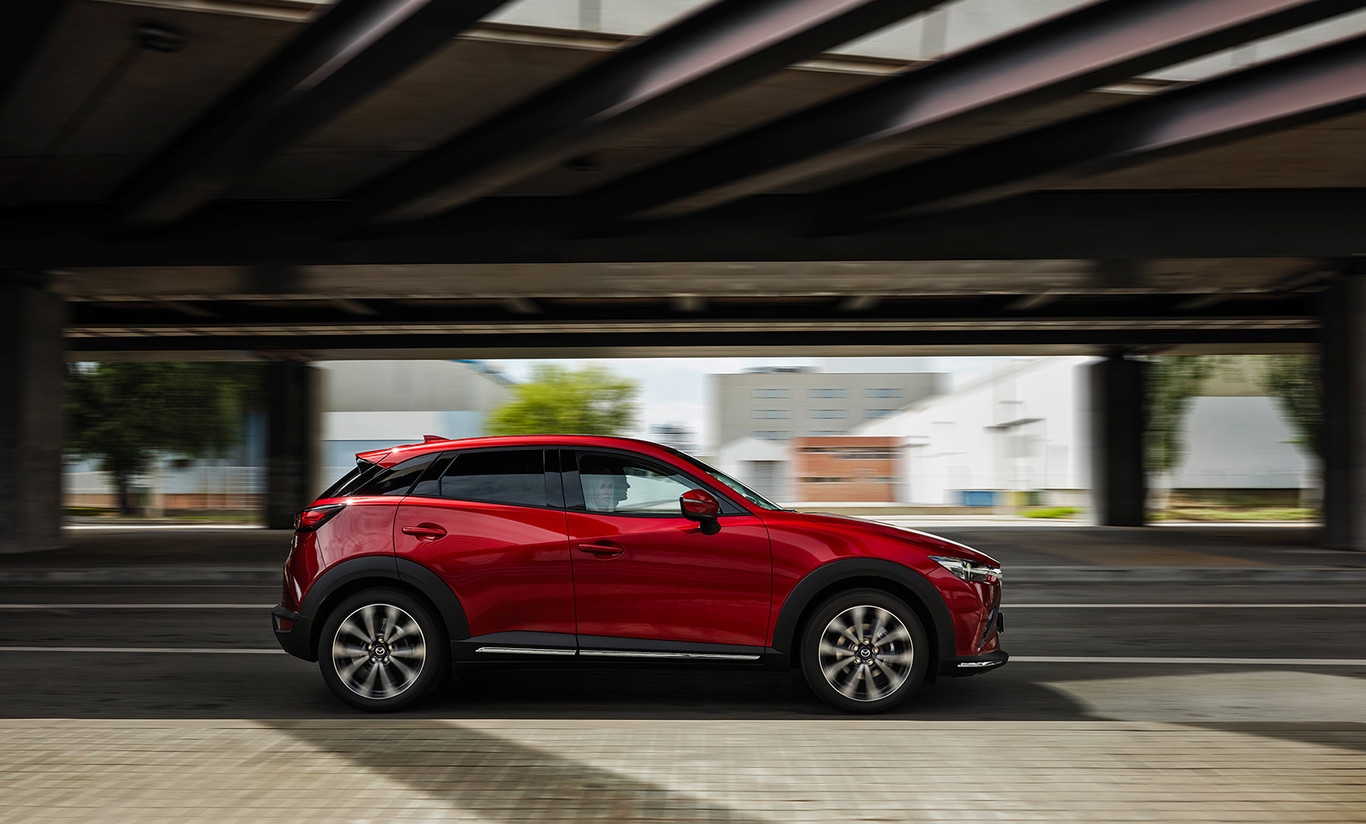
In the connectivity section, it incorporates a new browser and its multimedia system is now compatible with both Apple Carplay and Android Auto.
Some of these new technologies are available without a price from the second finish, the Evolution, as in the case of the lane change warning, or at the top of the Zenith range: front parking sensor and connectivity with Apple and Android. The rest of the novelties are optional and are offered in the form of packs.
You may also like Demand for aftermarket automotive care set to rise in 2016




